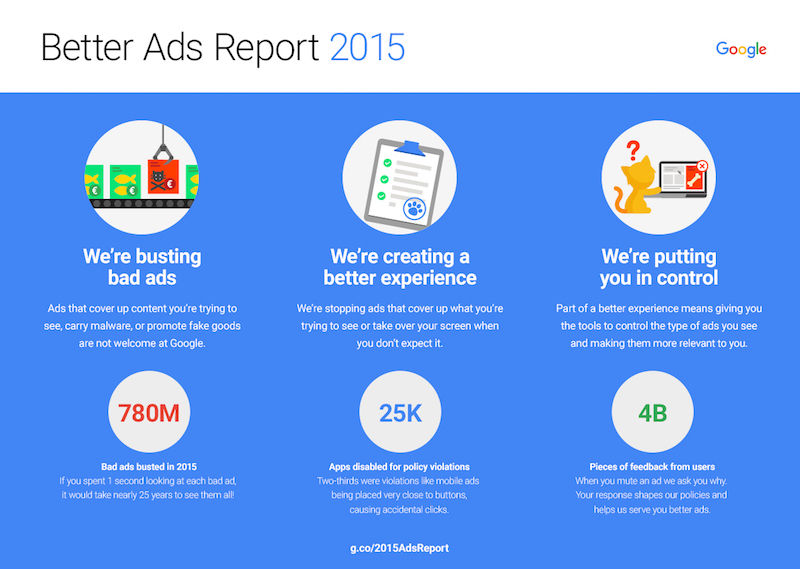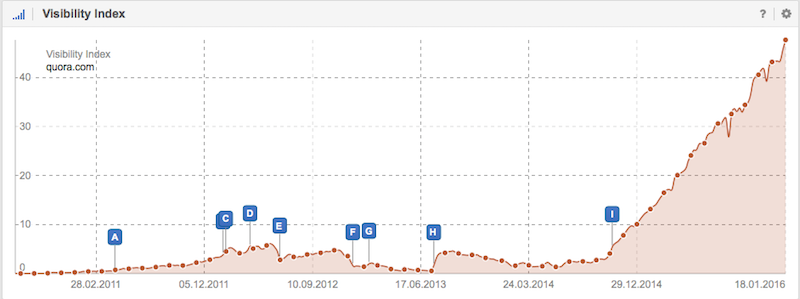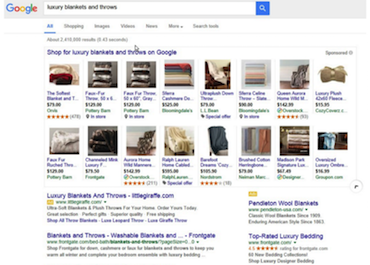Posted by randfish
SEO has much of its roots in the practice of targeted link building. And while it's no longer the only core component involved, it's still a hugely valuable factor when it comes to rank boosting. In this week's Whiteboard Friday, Rand goes over why targeted link building is still relevant today and how to develop a process you can strategically follow to success.
Click on the whiteboard image above to open a high resolution version in a new tab!
Howdy, Moz fans, and welcome to another edition of Whiteboard Friday. This week we're going to chat about four questions that kind of all go together around targeted link building.
Targeted link building is the practice of reaching out and trying to individually bring links to specific URLs or specific domains — usually individual pages, though — and trying to use those links to boost the rankings of those pages in search engine results. And look, for a long time, this was the core of SEO. This was how SEO was done. It was almost the start and the end.
Obviously, a lot of other practices have come into play in the industry, and I think there's even been some skepticism from folks about whether targeted link building is still a valid practice. I think we can start with that question and then get on to some of these others.
When does it make sense?
In my opinion, targeted link building does make sense when you fulfill certain conditions. We know from our experimentation, from correlation data, from Google's own statements, from lots of industry data that links still move the needle when it comes to rankings. If you have a page that's ranking number 4, you point a bunch of new links to it from important pages and sites around the web, particularly if they contain the anchor text that you're trying to rank for, and you will move up in the rankings.
It's also okay if you say, "Hey, we're not yet ranking in the top 20, but our paid search page is ranking on page 1. We know that we have high conversions here. We want to move from page 3, page 4 up to page 1, and then hopefully up into the top two, top three results. Then it is worth this targeted link building effort, because when you build up that visibility, when you grow those rankings, you can be assured that you are going to gain more visits, more traffic that will convert and send you these key business metrics and push those things up. So I do think targeted link building still makes sense when those conditions are fulfilled.
Is this form of link building worthwhile?
Is this something that can actually do the job it's supposed to do? And the answer, yeah. Look, if rank boosting is your goal, links are one of the ways where if you already have a page that's performing well from a conversion standpoint — from a user experience standpoint, pages per visit, your browse rate, things like time onsite, if you're not seeing high bounce rate, if you have got a page that's clearly accessible and well targeted and well optimized on the page itself — then links are going to be the most powerful, if not one of the most powerful, elements to moving your rankings. But you've got to have a scalable, repeatable process to build links.
You need the same thing that we look for broadly in our marketing practices, which is that flywheel. Yes, it's going to be hard to get things started. But once we do, we can find a process that works for us again and again. Each successive link that we get and each successive page whose rankings we're trying to move gets easier and easier because we've been there before, we've done it, we know what works and what doesn't work, and we know the ins and outs of the practice. That's what we're searching for.
Buckets:
One: one-to-one outreach. This is you going out and sending usually an e-mail, but it could be a DM or a tweet, an at reply tweet. It could be a phone call. It could be — I literally got one of these today — a letter in the mail addressed to me, hand-addressed to me from someone who'd created a piece of content and wanted to know if I would be willing to cover it. It wasn't exactly up my alley, so I'm not going to. But I thought that was an interesting form of one-to-one outreach.
It could be broadcast. Broadcast is things like social sharing, where we're broadcasting out a message like, "Hey, we've produced this. It's finally live. We launched it. Come check it out." That could go through bulk e-mail. It could go through an e-mail subscription. It could go through a newsletter. It could go through press. It could go through a blog.
Then there's paid amplification. That's things like social ads, native ads, retargeting, display, all of these different formats. Typically, what you're going to find is that one-to-one outreach is most effective when you can build up those relationships and when you have something that is highly targeted at a single site, single individual, single brand, single person.
Broadcast works well if, in your niche, certain types of content or tools or data gets regular coverage and you already reach that audience through one of your broadcast mediums.
Paid amplification tends to work best when you have an audience that you know is likely to pick those things up and potentially link to them, but you don't already reach them through organic channels, or you need another shot at reaching them from organic and paid, both.
Building a good process for link acquisition
Let's end here with the process for link acquisition. I think this is kind of the most important element here because it helps us get to that flywheel. When I've seen successful link builders do their work, they almost all have a process that looks something like this. It doesn't have to be exactly this, but it almost always falls into this format. There's a good tool I can talk about for this too.
But the idea being the first step is opportunity discovery, where we figure out where the link opportunities that we have are. Step 2 is building an acquisition spreadsheet of some kind so that we can prioritize which links we're going to chase after and what tactics we're going to use. Step 3 is the execution, learn, and iterate process that we always find with any sort of flywheel or experimentation.
Step 1: Reach out to relevant communities
We might find that it turns out for the links that we're trying to get relevant communities are a great way to acquire those links. We reach out via forums or Slack chat rooms, or it could be something like a private chat, or it could be IRC. It could be a whole bunch of different things. It could be blog comments.
It could be press and publications. There are industry publications that cover certain types of data or launches or announcements or progress or what have you. Perhaps that's an opportunity.
Resource lists and linkers. So there's still a ton of places on the web where people link out to. Here's a good set of resources around customer on-boarding for software as a service companies. Oh, you know what? We have a great post about that. I'm going to reach out to the person who runs this list of resources, and I'm going to see if maybe they'll cover it. Or we put together a great meteorology map looking at the last 50 winters in the northeast of the United States and showing a visual graphic overlay of that charted against global warming trends, and maybe I should share that with the Royal Meteorological Society of England. I'm going to go pitch their person at whatever.ac.uk it is.
Blog and social influencers. These are folks who tend to run, obviously, popular blogs or popular social accounts on Twitter or on Facebook or on LinkedIn, or what have you, Pinterest. It could be Instagram. Potentially worth reaching out to those kinds of folks.
Feature, focus, or intersection sources. This one's a little more complex and convoluted, but the idea is to find something where you have an intersection of some element that you're providing through the content of your page that you seem to get a link from and there is intersection with things that other organizations or people have interest in.
So, for example, on my meteorology example, perhaps you might say, "Lots of universities that run meteorology courses would probably love an animation like this. Let me reach out to professors." "Or you know what? I know there's a data graphing startup that often features interesting data graphing stuff, and it turns out we used one of their frameworks. So let's go reach out to that startup, and we'll check out the GitHub project, see who the author is, ping that person and see if maybe they would want to cover it or link to it or share it on social." All those kinds of things. You found the intersections of overlapping interest.
The last one, biz devs and partnerships. This is certainly not a comprehensive list. There could be tons of other potential opportunity to discover mechanisms. This covers a lot of them and a lot of the ones that tend to work for link builders. But you can and should think of many other ways that you could potentially find new opportunities for links.
Step 2: Build a link acquisition spreadsheet
Gotta build that link acquisition spreadsheet. The spreadsheet almost always looks something like this. It's not that dissimilar to how we do keyword research, except we're prioritizing things based on: How important is this and how much do I feel like I could get that link? Do I have a process for it? Do I have someone to reach out to?
So what you want is either the URL or the domain from which you're trying to get the link. The opportunity type — maybe it's a partnership or a resource list or press. The approach you're going to take, the contact information that you've got. If you don't have it yet, that's probably the first thing on your list is to try and go get that. Then the link metrics around this.
There's a good startup called BuzzStream that does sort of a system, a mechanism like this where you can build those targeted link outreach lists. It can certainly be helpful. I know a lot of folks like using things like Open Site Explorer and Followerwonk, Ahrefs, Majestic to try and find and fill in a bunch of these data points.
Step 3: Execute, learn, and iterate
Once we've got our list and we're going through the process of actually using these approaches and these opportunity types and this contact information to reach out to people, get the links that we're hoping to get, now we want to execute, learn, and iterate. So we're going to do some forms of one-to-one outreach where we e-mail folks and we get nothing. It just doesn't work at all. What we want to do is try and figure out: Why was that? Why didn't that resonate with those folks?We'll do some paid amplification that just reaches tens of thousands of people, low cost per click, no links. Just nothing, we didn't get anything. Okay, why didn't we get a response? Why didn't we get people clicking on that? Why did the people who clicked on it seem to ignore it entirely? Why did we get no amplification from that?
We can have those ideas and hypotheses and use that to improve our processes. We want to learn from our mistakes. But to do that, just like investments in content and investments in social and other types of investments in SEO, we've got to give ourselves time. We have to talk to our bosses, our managers, our teams, our clients and say, "Hey, gang, this is an iterative learning process. We're going to figure out what forms of link building we're good at, and then we're going to be able to boost rankings once we do. But if we give up because we don't give ourselves time to learn, we're never going to get these results."
All right, look forward to your thoughts on tactical link building and targeted link building. We'll see you again next week for another edition of Whiteboard Friday. Take care.
Video transcription by Speechpad.com
Sign up for The Moz Top 10, a semimonthly mailer updating you on the top ten hottest pieces of SEO news, tips, and rad links uncovered by the Moz team. Think of it as your exclusive digest of stuff you don't have time to hunt down but want to read!

















